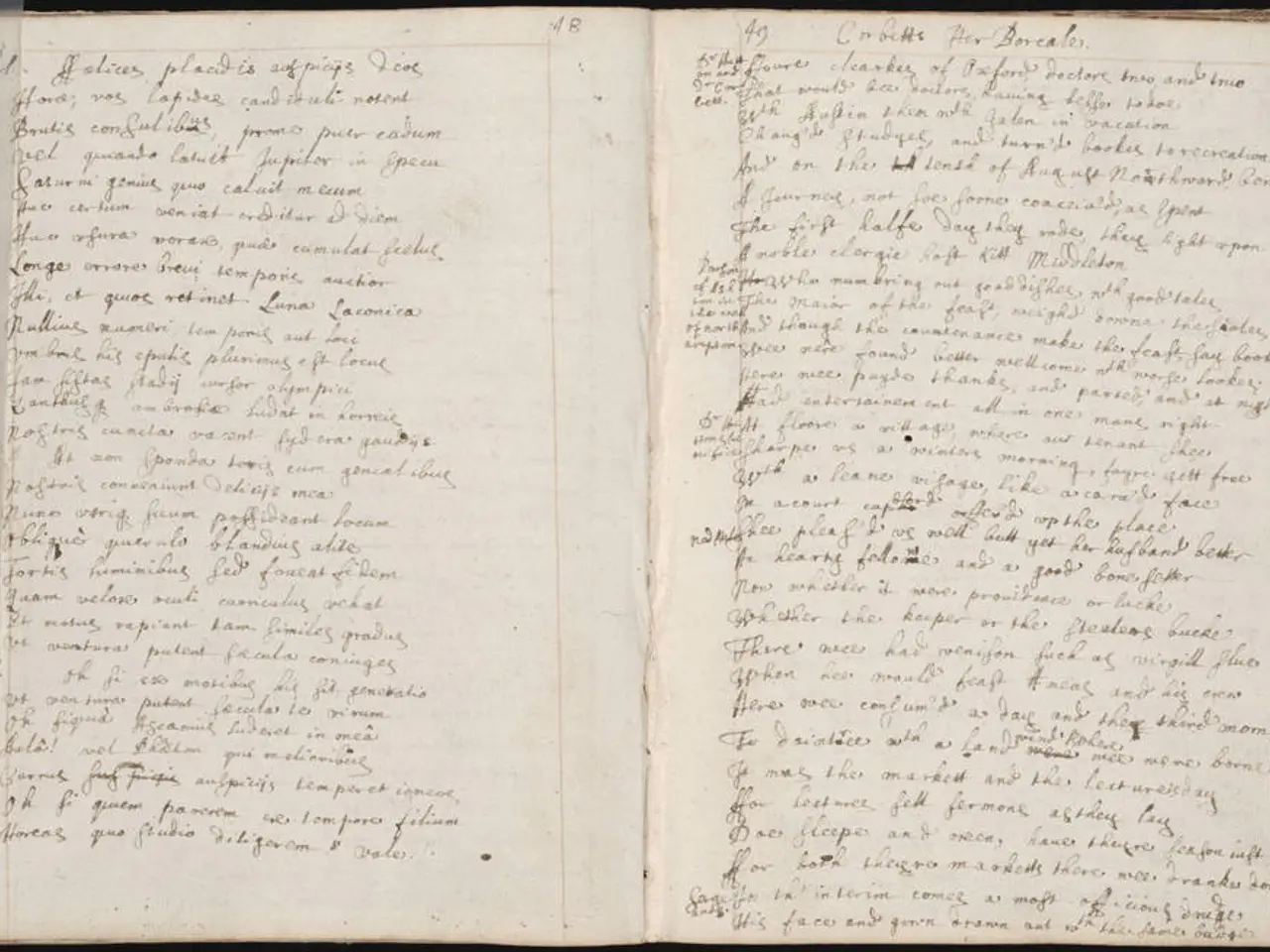Quantum Interpretation Devices
In a recent survey conducted by the British science magazine Nature, over 15,000 scientists specialising in quantum physics or registered for a June conference on Helgoland were asked to share their views on the interpretation of quantum formalism. The results offer an intriguing glimpse into the current state of quantum theory.
The Copenhagen Interpretation, a concept attributed to Danish physicist Niels Bohr, emerged as the most common interpretation among the respondents, with 36% of quantum physicists adhering to it. This interpretation sees a strict separation between the quantum system to be measured and the measuring apparatus.
However, the survey also revealed a significant number of physicists supporting alternative interpretations. Up to 15% of the respondents confessed to the Many-Worlds Interpretation, first proposed by American Hugh Everett III in 1957. This interpretation suggests that all possibilities encoded in the quantum state are realised in different worlds.
Another 7% of quantum physicists supported Bohmian Mechanics, an interpretation developed by David Bohm in 1952. In contrast to the Copenhagen Interpretation, Bohmian Mechanics is deterministic, meaning everything has a physical cause. In this interpretation, a particle always has a definite location, and its quantum behaviour is attributed to a 'pilot wave'.
The Many-Worlds Interpretation and Bohmian Mechanics, however, are not the only alternatives. Around 3.8% of respondents selected 'collapse theories', which are not interpretations of quantum formalism but alternative theories that propose a hypothetical additional term causing the collapse of the quantum state.
Interestingly, QBism, an interpretation that radicalises the Copenhagen interpretation's approach, also gathered support. QBism considers the quantum state as an expression of beliefs about how measurements will turn out. In QBism, probability values of zero or 100 percent represent beliefs.
Notable advocates for these interpretations include Tim Maudlin, a philosopher from New York University, who is a notable advocate for Bohmian Mechanics, and David Deutsch, a prominent advocate of the Many-Worlds Interpretation, who considers it to be quantum theory clearly expressed.
Robert Spekkens, a quantum researcher from the Perimeter Institute in Canada, argues that causal structures can be considered more than just an expression of our knowledge. His views align with QBism's approach, which resolves many paradoxes of quantum mechanics, such as the one in Wigner's friend thought experiment.
Despite the variety of interpretations, the Copenhagen Interpretation remains the most widely accepted. Modern proponents of this interpretation do not see elements of reality in the quantum state. However, the ongoing debate and exploration of alternative interpretations demonstrate the dynamic and evolving nature of quantum theory.
The proposed experiment by a research group, including Roger Penrose, may make such collapse theories detectable, potentially adding a new chapter to the ongoing narrative of quantum mechanics. As the field continues to evolve, the survey results offer a valuable snapshot of the current state of quantum theory and the ongoing debate among its practitioners.
Read also:
- MRI Scans in Epilepsy Diagnosis: Function and Revealed Findings
- Hematology specialist and anemia treatment: The role of a hematologist in managing anemia conditions
- Delineating the Complex Interplay of Attraction and Repulsion: Unraveling the Intricate Magnetic Forces
- "Data Digest: Top News Highlights in the Realm of Information"








